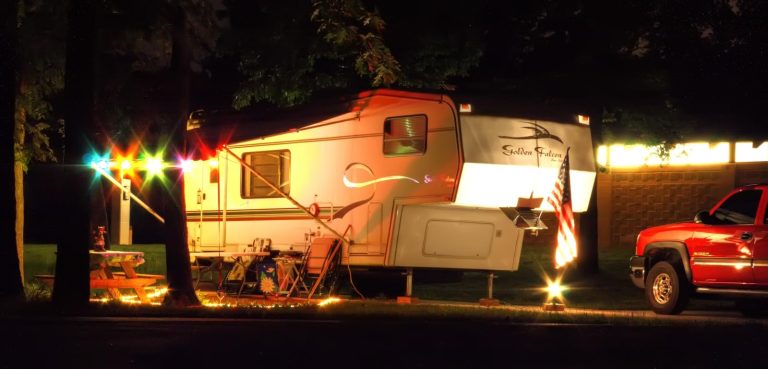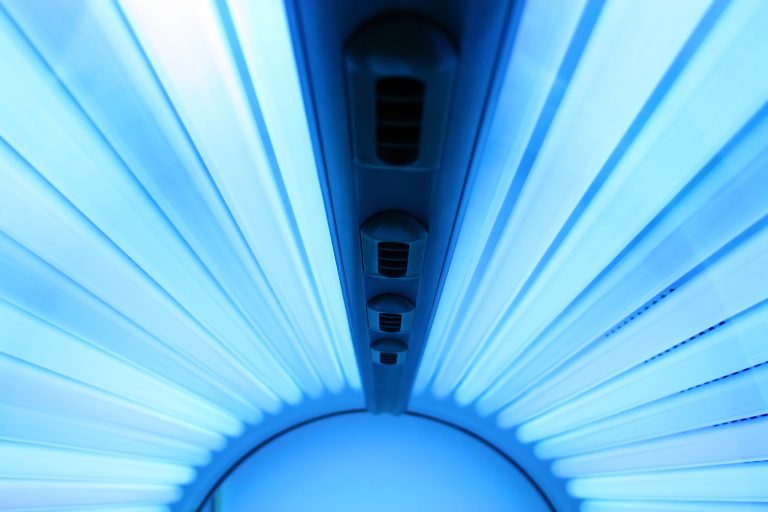
Power outages can happen unexpectedly due to various reasons such as storms, equipment failure, or maintenance issues. In such situations, having a reliable backup power source becomes essential to keep your household running smoothly. Portable generators are a popular choice for providing temporary power during these times. One common question that arises is whether a 12,000-watt generator can effectively power an entire house. In this article, we will explore the factors that determine whether a 12,000-watt generator is sufficient for your power needs, the appliances it can run, and the considerations to keep in mind.
Understanding Generator Capacity and Power Needs
Before we delve into the specifics of a 12,000-watt generator, it’s crucial to understand the terminology associated with generators. The power output of a generator is measured in watts. Generators are often classified by their running watts and surge watts. Running watts refer to the amount of power a generator can continuously produce, while surge watts, also known as starting watts, indicate the extra power a generator can provide to handle the initial startup of appliances with motors. For example if you are looking to run a power tool, like a corded circular saw, when you first turn on the tool it will draw a higher “inrush current” than its normal running current level. So if you are planing on running a lot of loads that have motors than this is something to consider.
What is a kWh?
A kWh, or kilowatt-hour, is a unit of energy commonly used to measure electricity consumption. It is a product of power (measured in kilowatts, kW) and time (measured in hours). One kilowatt-hour is equivalent to the energy consumed by using one kilowatt of power for one hour. That is why it is a usful way to measure a generator, it not only tells you how much you can power (the kW part) but for how long (the hours part)
Mathematically, you can calculate kWh using the formula:
kWh = kW × hours
For example, if you have a device that consumes 1 kilowatt of power and you use it for 3 hours, the total energy consumed would be
1kW × 3hours = 3kWh.
Kilowatt-hours are commonly used on generators and electricity bills to quantify how much energy a household or business has used over a certain period. It’s a standard unit of measurement for energy consumption, helping individuals understand and manage their electricity usage.
Power Needs of an Average Household
The average household uses around 30 kWh but the amount of power required to run a household varies depending on factors such as the size of the home, the number of occupants, and the types of appliances used. Essential appliances like refrigerators, lights, sump pumps, and even some power tools have relatively low power demands. However, appliances like air conditioners, heat pumps, and electric stoves consume a significant amount of power, especially during their startup phase.
30 kWh / 24h = 1.25 kW per hour average. Does that mean you can get a 2 kW generator and be good to go? No, it is just an average over 24 hours. You need to consider your peak usage and make sure the generator is capable of supplying the peak usage (with some extra capacity) when sizing a generator.
Generator Used in Examples

We are going to look at the DuroMax XP12000E Gas/Propane powered portable generator for the following examples. When running on gas the XP12000E has a max running power of 9.5 kW and a peak output of 12 kW for handling temporary larger draws like startup current for motors. It has an electric start and a manual pull start and can supply 120v and 240v simultaneously and because its portable you can not only use it as a home power backup generator but also on the jobsite.
Running Air Conditioners and Appliances
Air conditioners, whether central AC or window units, are known for their high power consumption. The DuroMax XP12000E generator can certainly run one or even multiple window AC units along with other essential appliances like refrigerators, lights, and small power tools. However, if you also want to power larger appliances like electric water heaters, electric stoves, or space heaters, you might need to carefully manage their usage to avoid overloading the generator.
Window AC units
An LG Window unit (LW8017ERSM1) is rated to consume 710W = .71kW, and if you ran it for an hour that would be .71kWh of power consumed. But that may be more than you actually use if the AC is only running for a part of the time. Same goes with refrigerators. So given the DuroMax XP12000E has a 9.5kW limit it can easily power the .71kW window AC unit with lots of power to spare (9.5kW – .71kW = 8.79kW remaining). Therefor, you can run a few window AC units and some other loads as well and still be within the power rating of the generator.
What about a central AC unit?
Central AC units can use between 3kW to 5kW of power. So if you have one 5kW central AC than the DuroMax XP12000E can power one of those and still have 4.5kW of power remaining (9.5kW – 5kW = 4.5kW)
Can it power a refrigerator?
An average refrigerator can consume 550W but if the compressor is only running for 30% of the time than that refrigerator will use 165Wh for every hour that it is on.
550W * .3 * 1h = 165Wh = .165 kWh. Because its only running 30% of the time you may be temped to use the .165 kWh in your power budget calculations but be cautious because the 30% of the time that it is running it will be using all .55kW. So just keep that in mind.
How do I estimate how much I am currently using?
So to get an estimate of how much power consumption your will need you can look at your energy bill to see what your average usage is. However, you don’t need to run all the appliances at your house during a power outage. Just the ones to get you through the event so long as you can put off using things like your cloths dryer or your electric stove or electric heaters. Basically think of things that use electricity to generate heat and those are things that are potential high consumers of power.
Some high usage culprits
Electric cloths dryers can use 1500 to 5000w. That is up to 5kWh if you ran one for a whole hour!!!
Electric stoves can use 1000 to 3000w.
A standard space heater that you plug into the wall consumes 1.5 kWh
Microwave ovens, these can use anywhere for 800W (.8kW) to 3000W (3kW)
As you can see the load you are trying to run have a big impact on what size generator to consider
Calculating Power Usage
To determine whether a 12,000-watt generator is sufficient for your home, you’ll need to calculate the total running watts of the appliances you intend to use simultaneously. Add up the running watts of all these appliances and ensure that the sum is below the generator’s running wattage. Additionally, factor in any surge watts required during the startup of certain appliances, such as air conditioners and refrigerators. You should be able to find this information on the appliances’ labels or manuals.
Considerations for Generator Size
While a 12,000-watt generator can power a substantial number of appliances, it might not be enough to run your entire house seamlessly. Larger homes with multiple air conditioners, electric water heaters, and other power-hungry appliances might require a generator with a higher wattage output or even a whole-house generator. The size of the generator also depends on whether you want to power only essential appliances or your entire home’s electrical system.
Extra Power
If I size for peak power what do I do during non peak times with the extra capacity?
Good news, it could be an option to charge battery backups so that your house will still have power when you need to refueling the generator. Check out our post on solar generators where we talk about how to use these batteries during power outages as well. That way you do not need to run constantly run the generator to have constant power.
Advantages of Standby Generators for Whole-House Power
If you’re looking for a more seamless and hassle-free solution to power your entire house during an outage, a standby generator might be worth considering. Unlike portable generators that require manual setup and fueling, standby generators are permanently installed and connected to your home’s electrical system. They can automatically detect power outages and switch on within seconds, providing uninterrupted power to your entire home.
Safety Precautions and Other Factors
When using a portable generator, safety should be a top priority. Ensure that the generator is placed outdoors in a well-ventilated area to prevent carbon monoxide buildup. Use heavy-duty extension cords to connect appliances to the generator, and avoid overloading the generator’s circuits. Also, be sure to install transfer switches or an interlock so you do not accidentally have power from your electricity provider connected to your hose at the same time the generator is powering your house. If you’re uncertain about your power needs or how to safely operate a generator, consider consulting a professional electrician.
Conclusion
In conclusion, a 12,000-watt generator can indeed power a substantial portion or even all of your household during a power outage. It can handle essential appliances like refrigerators, lights, sump pumps, and even air conditioners. However, whether it can run your entire house depends on the total wattage of all the appliances you want to use simultaneously. For larger homes with higher power demands, standby generators or larger portable generators might be more suitable. When choosing the right generator size, it’s crucial to calculate your power needs accurately and prioritize safety precautions to ensure a smooth and secure backup power solution for your home.



